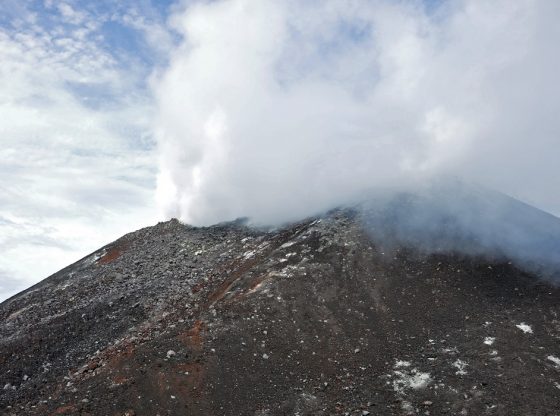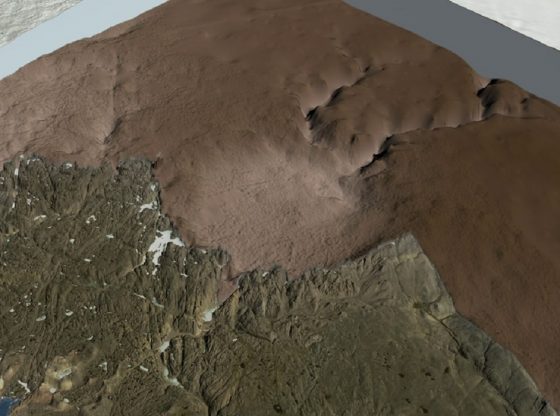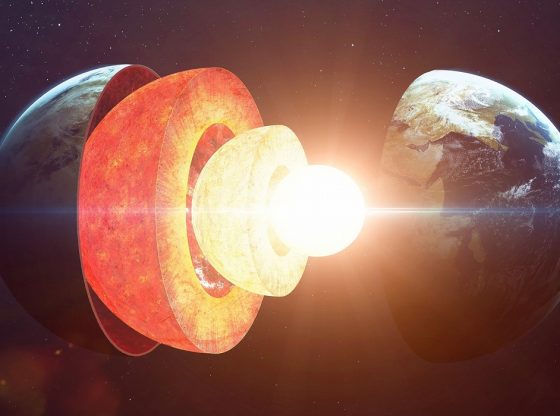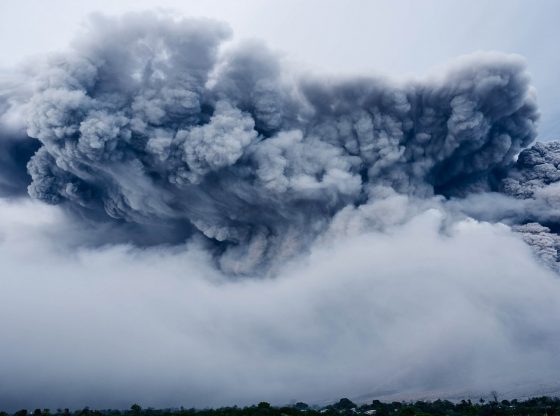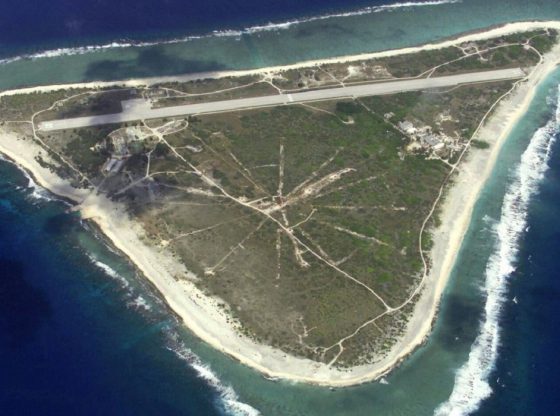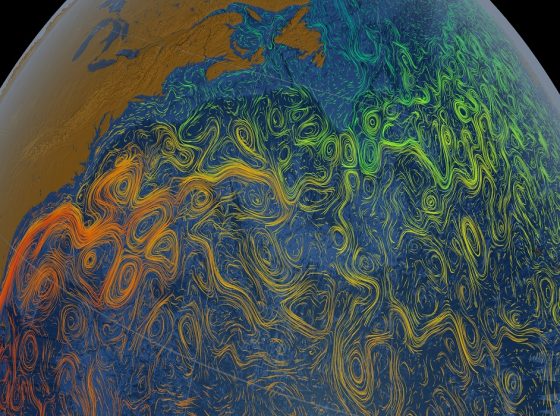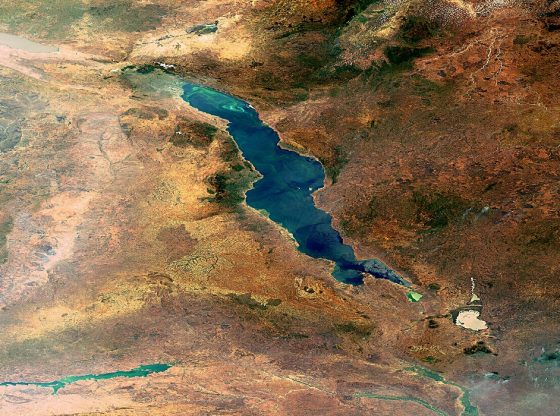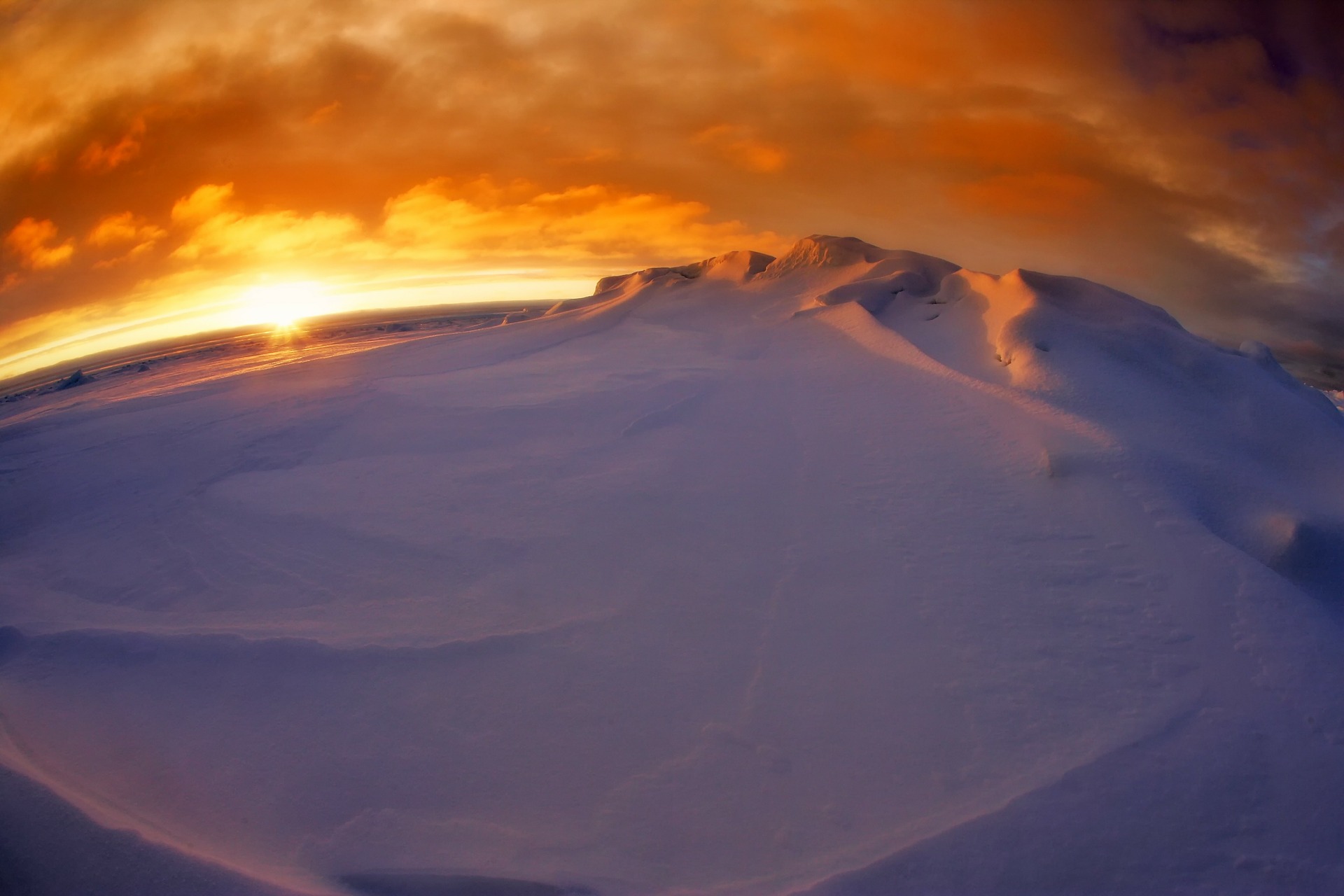
Tiny valleys near the top of Antarctica’s ice sheet reach temperatures of nearly minus 100 degrees Celsius (minus 148 degrees Fahrenheit) in the winter, a new study finds. The results could change scientists’ understanding of just how low temperatures can get at Earth’s surface, according to the researchers.
Five years ago, a study was presented which measured the coldest place on Earth. On a snowy and high plateau in the middle of Antarctica, scientists were able to measure a temperature of minus 93 degrees using satellites. But now, by adding and further analyzing existing data, it has been possible to see that during the coldest nights in July and August it may be as cold as minus 98 degrees Celsius.
“In this area, we see periods of incredibly dry air, and this allows the heat from the surface of the snow to radiate into space more easily,”
– Ted Scambos, a senior research scientist at the National Snow and Ice Data Center and lead author of the new study.
The findings have been published in Geophysical Research Letters, they reveal that clear skies and several days of bone-dry air make for the coldest conditions. That’s because super-cold and dry air is denser than the slightly warmer air around it, so it falls into the hollow and becomes trapped, allowing the air above to cool further.
On a clear night with weak winds and dry in the air, it can thus become minus 98 degrees Celsius. Knowing the maximum (or minimum) temperature is valuable knowledge for researchers and our search for extraterrestrial life.
The research team has developed a set of instruments designed to survive and operate at the very coldest places throughout the winter to measure both snow and air temperatures. They are planning to deploy the instruments within the next two years.


